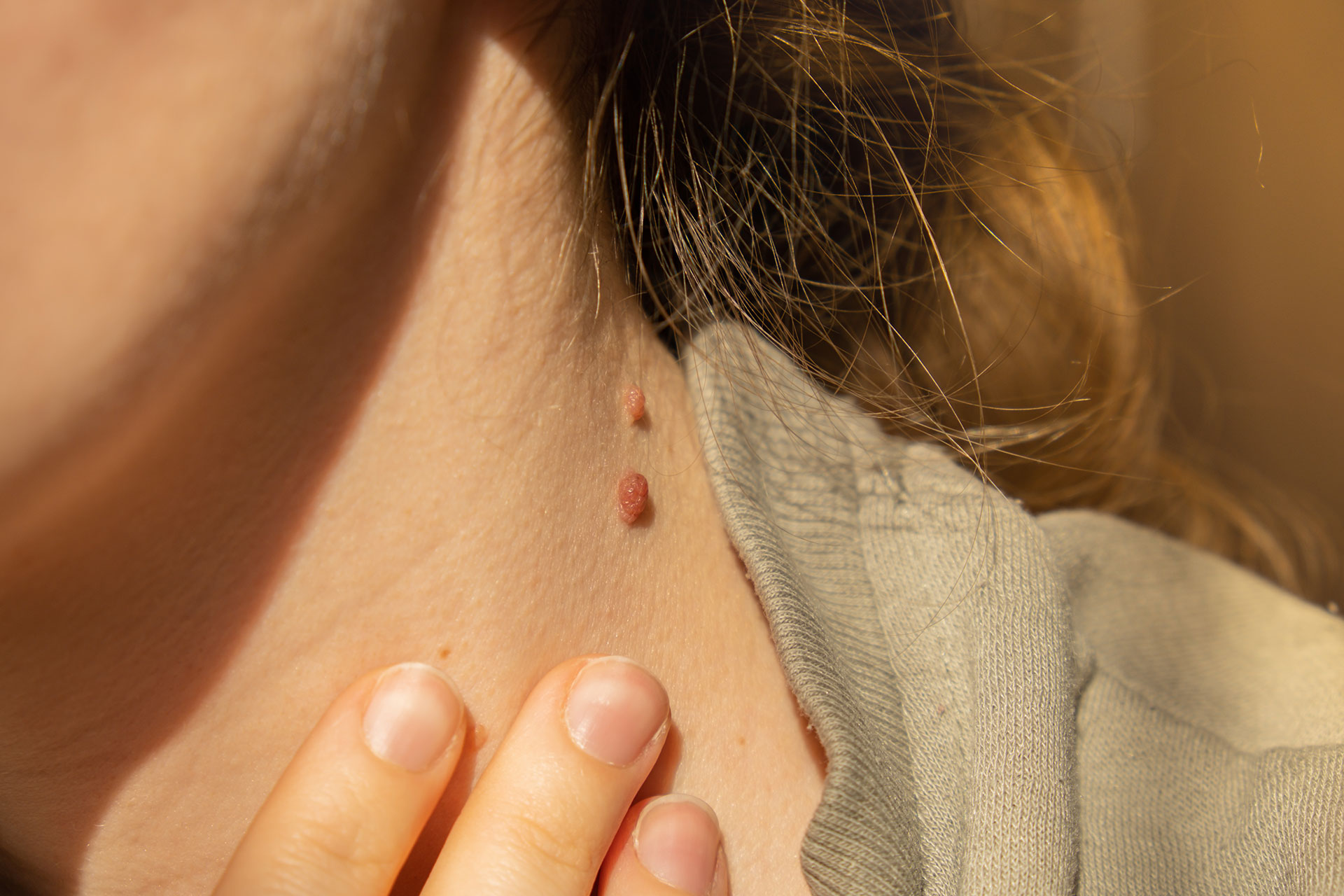Physical Address
304 North Cardinal St.
Dorchester Center, MA 02124
Physical Address
304 North Cardinal St.
Dorchester Center, MA 02124
Discover Your Purpose
Discover Your Purpose

Ever noticed a weird mole or dark spot and thought, “Should I be worried?” You’re not alone. The truth is, early detection of skin cancer saves lives, and yes—you can absolutely do a basic check for it right at home. It’s easier than you think, and all it takes is a mirror, a few minutes, and a little awareness.
What is skin cancer, exactly? It’s when abnormal skin cells grow uncontrollably, often due to sun damage. There are three major types you need to know:
Risk Factors Include:
Memorize this—it’s your first line of defense.

Before you start playing detective with your skin:
Don’t forget to check:
Scalp, between fingers and toes, behind ears, buttocks, soles of feet—yes, everywhere.
Start at the top. Look closely at your nose, cheeks, lips, and around the eyes. Use a blow-dryer and mirror to inspect your scalp.
Stand in front of a mirror. Lift your arms, turn side to side. Use a hand mirror to get a look at your upper and lower back.
Step 3: Look at Arms and Hands
From shoulders to fingertips, don’t skip anything. Check your nails and palms too.
Sit down and look at your thighs, shins, calves, soles, heels, and between your toes.
Check under breasts, buttocks, groin, and genitals. These areas might seem unlikely, but skin cancer doesn’t discriminate.
Take clear, dated photos of any moles or spots.
Use a mole map—a body chart to mark positions and changes over time.
Check yourself once a month. If anything changes, grows, itches, or bleeds—get it checked.
When to See a Doctor
If you notice any of these, don’t wait:
But remember—no app replaces a doctor.
Best Probiotics for Gut Health: A Comprehensive Guide to Restoring Digestive Balance
Skin cancer in people with darker skin is often found later, and in unusual areas like palms or soles. Don’t assume you’re safe because you have melanin. Know what to look for, especially dark lines under nails or patches in hidden spots.
Turn it into a monthly habit—like checking the smoke detector.
Teach your kids, parents, and even roommates.
More eyes = more chances to catch something early.
Catching skin cancer early is completely in your hands—literally. Make skin checks a part of your monthly routine. It’s simple, it’s quick, and it might just save your life. Be smart. Be safe. Be sun-smart!
Ideally, once a month. Early detection = better outcome.
No. It can get worse and spread. Always seek treatment.
Most don’t hurt. Watch for changes in texture, color, or size.
Not always. Some change over time, but sudden shifts are a red flag.
Apps can help, but never replace a professional diagnosis.